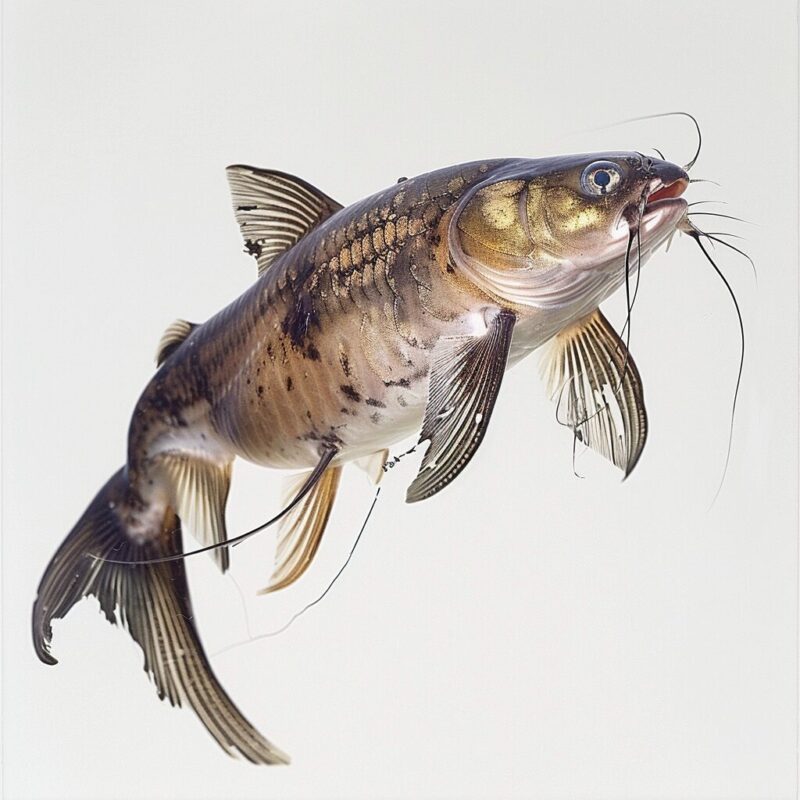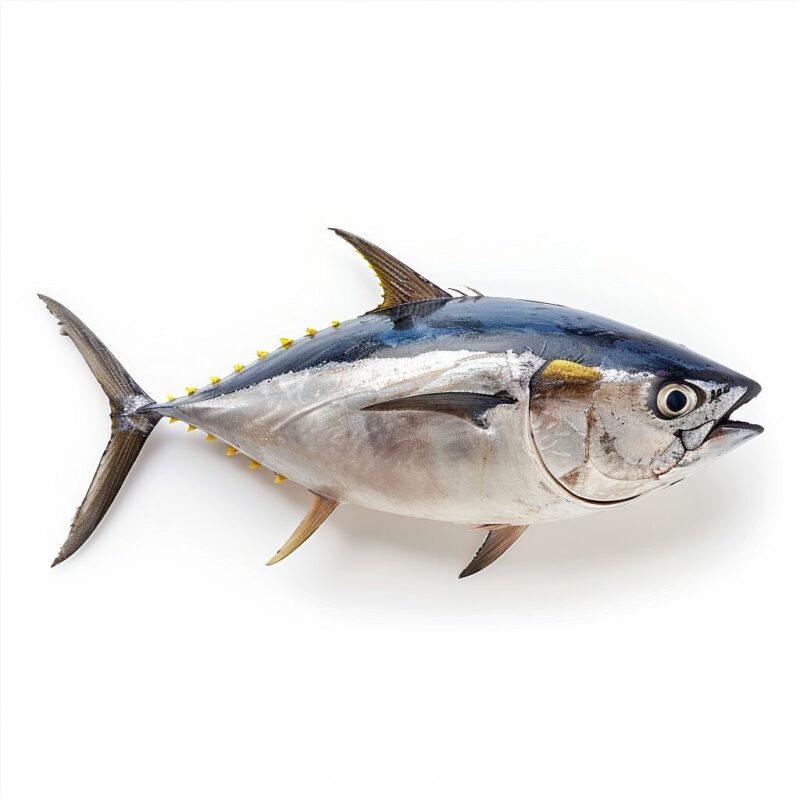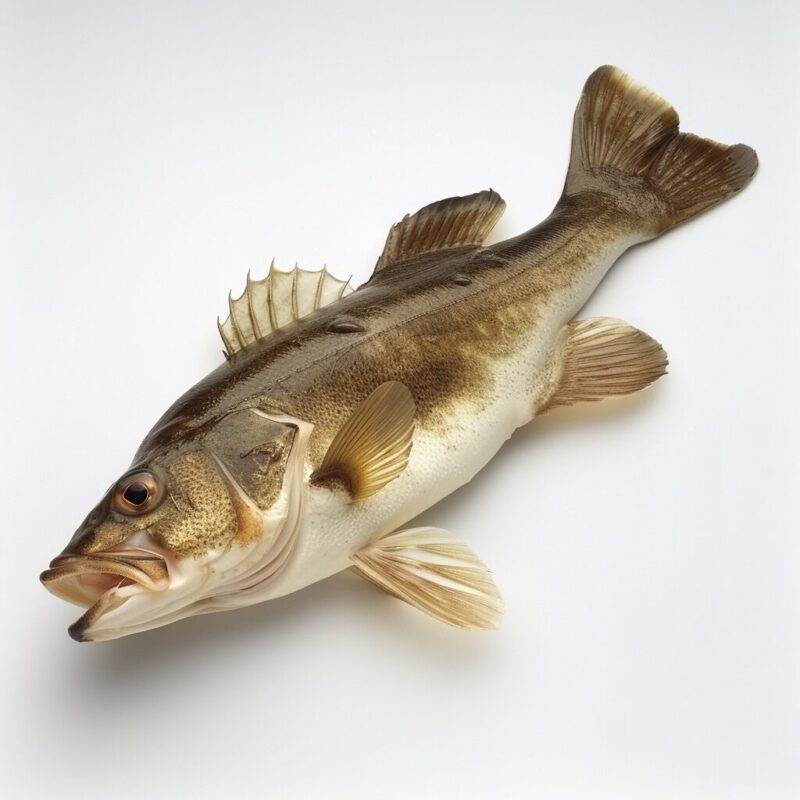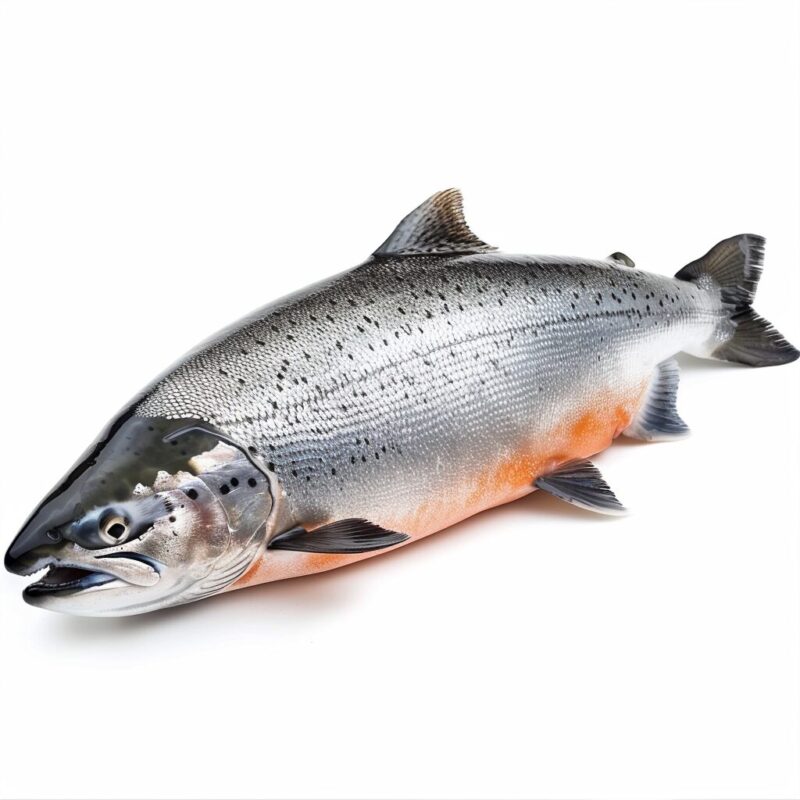Find your perfect place for fishing
explore our categories
Meet our Authors
All Posts
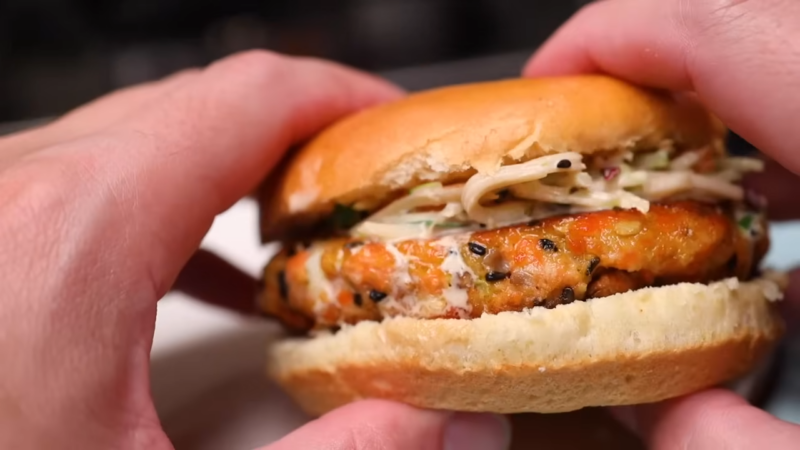
Easy Grilled Salmon Burgers
Enjoy the flavors of summer with these Easy Grilled Salmon Burgers, a delicious and healthy alternative to traditional beef burgers. …
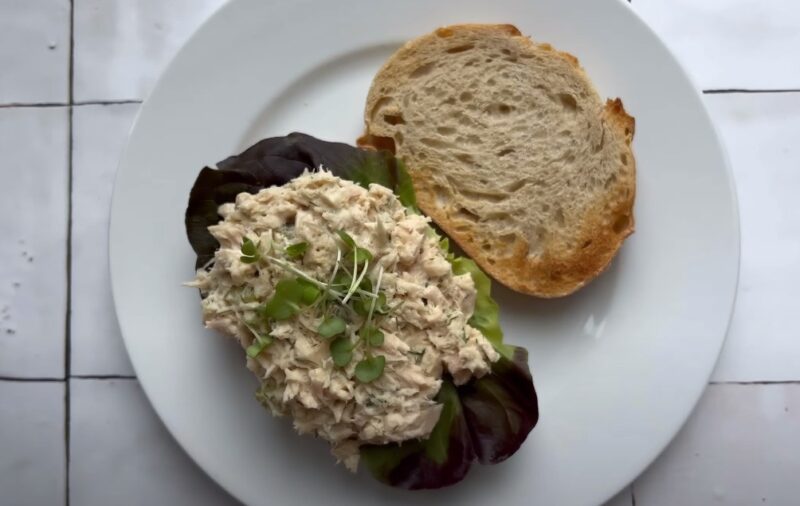
Greek Yogurt Tuna Salad Recipe
This Greek Yogurt Tuna Salad recipe transforms a simple can of tuna into a delightful and nutritious meal with the …

Salmon and Avocado Salad
Delight in the fresh and vibrant flavors of Salmon and Avocado Salad, a light and nutritious dish that’s perfect for …
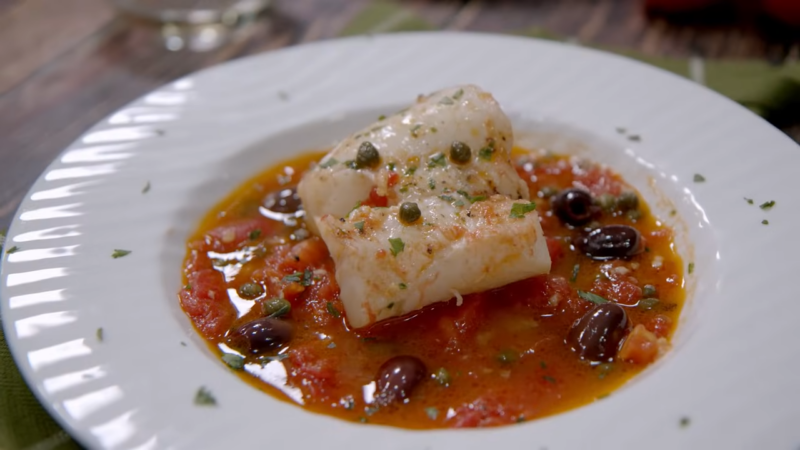
Cod in Tomato Sauce with Olives
Savor the Mediterranean flavors of Cod in Tomato Sauce with Olives, a delicious and hearty dish that’s simple to prepare. …

Maple Glazed Salmon
Indulge in the sweet and savory flavors of Maple Glazed Salmon, a delicious dish that’s perfect for any occasion. With …
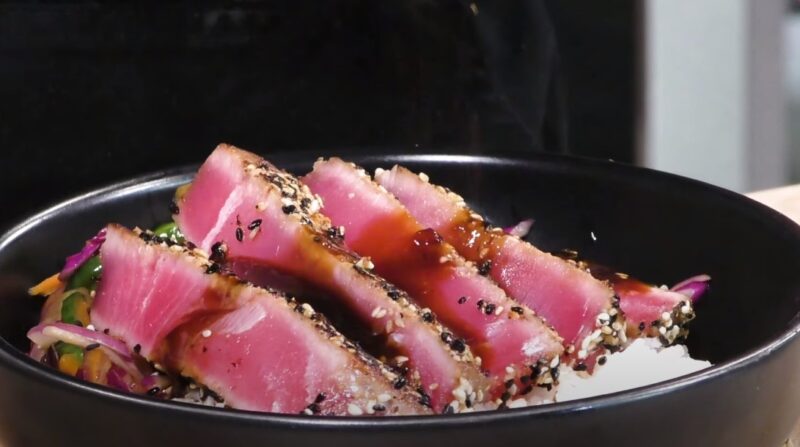
Seared Tuna Steak with Sesame
Enjoy the bold flavors and tender texture of Seared Tuna Steak with Sesame, a gourmet dish that’s surprisingly simple to …

